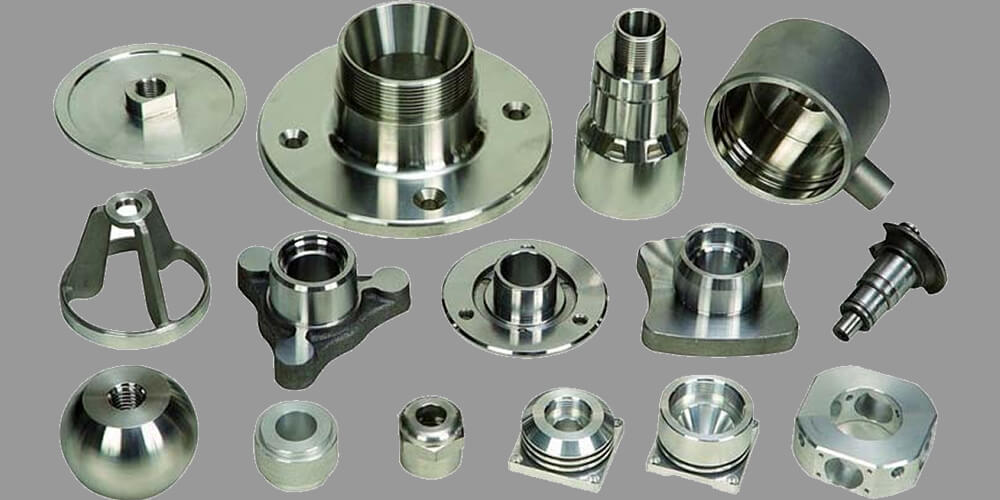Having cold-forged items is not just enough to produce efficient and better parts in the automotive industry. When sourcing or producing cold forging copper, there are several factors that you will need to look at. It is, therefore, vital you understand the benefits of the cold forging of any metal. There are a thousand advantages accrued to cold forging, but this article will tackle just but a few of them. Read through to enlighten yourself as to why cold forging is the best option to go for.
It is Cost Friendly and Effective
You are likely to spend very little on cold forging than other methods of shaping metals. There is minimal labour that is required for you to finish the whole process of forging. In the preprocessing stage, forging doesn’t use electricity, kilns and furnaces as other expensive methods. You can do minimal finishing on cold forging, making little time-consuming and saving on production costs. Since cold forging saves on scraps and wastage of materials, you will save up to 75% of your production costs.
Fast Production Rate
You will experience a faster development rate due to the simplicity of the process. You have less workload working on the workpiece, and the whole process is quite simple with the aid of machines. The metal I fed to a machine was processed and removed in very quick succession. You can produce as many forged materials within the shortest time possible.
Care for the Environment
You will likely experience close to zero fume emissions when using the cold forging methodology to shape metals. This makes the production of forged materials environment-friendly. You are not going to emit fumes of carbon monoxide or any given combination. One other advantage of zero emissions is that you will not need to install air filters hence saving you on your operation and installation costs.
Best Product Performance
The rearrangement of the grain structure makes your end product yield superior performance as compared to other materials. The rearrangement of the grain structure enhances the configuration of the final piece.
Negative Reaction Elimination
Any kind of metal piece after being worked upon is likely to have a variety of challenges. These challenges can be porosity fatigue and the material losing integrity. Using the forging technology enables you to get rid of these kinds of challenges.
Long life and High Quality
One thing that you have got to believe in forged materials is the ability to handle high stress. A workpiece can retain its shape even when subjected to a workforce beyond its capacity to handle.
Part Tolerance Retention
You are assured f part tolerance of your metal to be maintained at all costs all through. The reproduction of parts is very exact and detailed; hence the duplicates have the same structure and properties.
Design Freedom and Output
You have all the freedom to design whatever shape and quality that you want. There is also a high speed of production depending on the size of the forged materials.
Other than the above benefits, you will get to choose a wide range of metals. You can decide to use hard or soft metals depending on what you want to manufacture or make.
